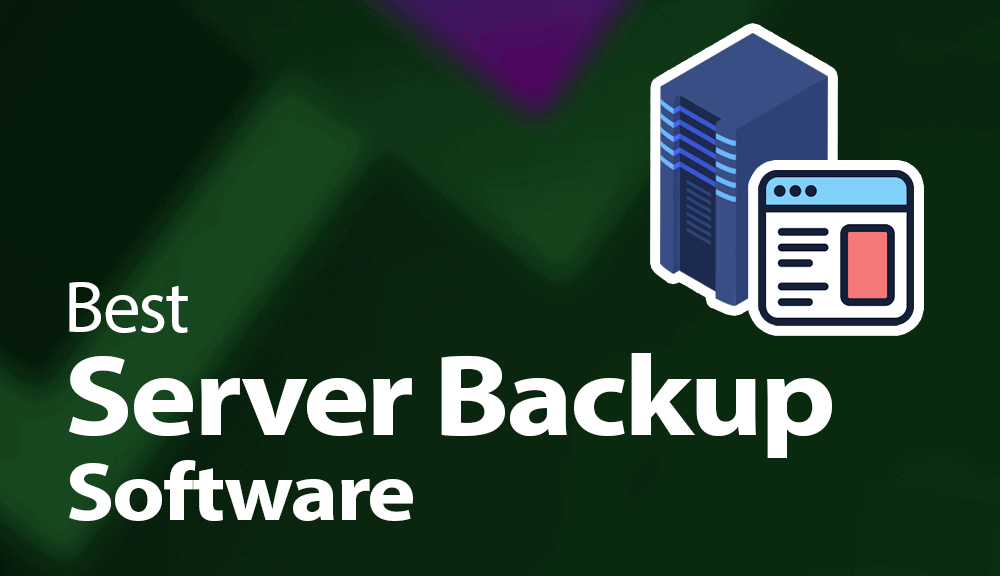Veeam is a software platform designed to meet highly specialized and critical business demands such as data backup, restoration, and replication. Veeam, the first solution to focus on safeguarding virtual machines (VMs) and distinguishing VMs from actual endpoints, backs up data across cloud, virtual, physical, and network-attached storage (NAS) devices.
What is Microsoft Veeam? Veeam Agent for Microsoft Windows is a data protection and disaster recovery solution for physical and virtual machines. Veeam Agent for Microsoft Windows can be used to protect different types of computers and devices: desktops, laptops and tablets.
As virtualization becomes more important for businesses in practically every area, the demand for specialist backup and recovery solutions grows. According to the Desktop Virtualization Market: Global Industry Trends, Share, Size, Growth, Opportunity, and Forecast 2022-2027, the market achieved a value of US$ 10.4 billion in 2021 and is expected to reach US$ 18.8 billion by 2027, with a CAGR of 10.37% from 2021 to 2027. As a result, the requirement to secure this data grows.

The emergence of virtualization
A virtual clone of an operating system, storage device, server, or network resource required to run an application is created via virtualization. Today, virtualization allows several key activities, such as running various operating systems and applications on a single server, lowering IT and infrastructure costs and complexity. Virtualization is the technology that has allowed both private and public cloud designs to emerge.
Many of the computer operations we rely on every day would be slower, less reliable, and inefficient without virtualization. Network bandwidth would be restricted, computation speeds would be poor, and the required IT investment in physical equipment and upkeep would drive costs through the roof. Online banking, streaming, artificial intelligence (AI), machine learning (ML) apps, linked gadgets, and the majority of mobile applications would become prohibitively expensive to supply to the general population.
Virtualization arose as a means to enable these activities while cutting costs and resources without compromising performance. Despite the fact that virtual machines are independent from actual resources, they often run at speeds equivalent to physical computers, with the result being indistinguishable to the user.









